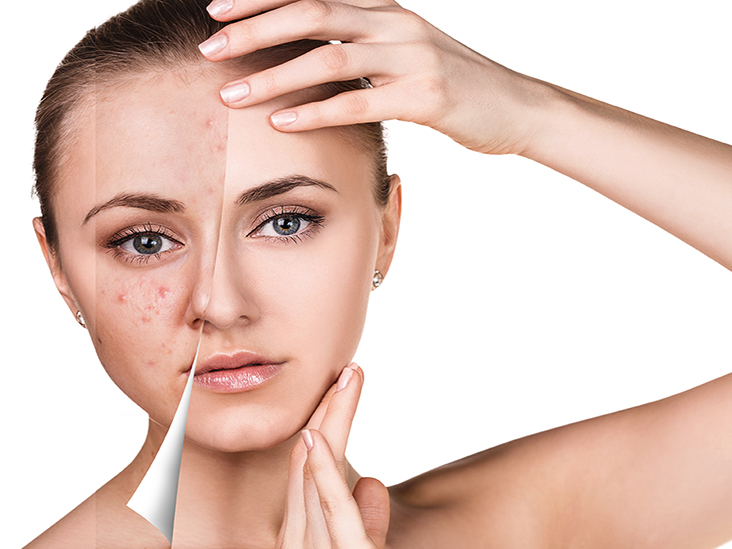
If any of these effects last or get worse, tell your doctor or pharmacist promptly.
#Clindamycin cream side effects skin#
Patients will usually apply them for 3 to 4 months in combination with benzoyl peroxide or a retinoid 11.Īfter this time, your healthcare provider may recommend you stop clindamycin but continue using benzoyl peroxide or retinoids. Burning, itching, dryness, redness, oily skin or skin peeling may occur. Healthcare providers usually intend for antibiotics like clindamycin to be used as shorter-term treatments. Stomach upset and diarrhea Skin rash and itching Low blood pressure with IV form. Stopping too early can increase your risk for antibiotic resistance.
#Clindamycin cream side effects how to#
Antibiotics should always complete a full course to ensure the medication kills the bacteria. Yes, Clindamycin + Zinc acetate is safe to use, if it is used in prescribed amount and duration as advised by the doctor. How it works Who it’s for Does it work How to use Safety Side effects Alternatives When to see a doctor Takeaway Credit Image: Obradovic/Getty Image Clindamycin is a topical antibiotic that. Patients should not discontinue the use of clindamycin if they start seeing results. taste are common side effects.106 Alternatives are clindamycin cream 2. The medication should be applied on the whole affected by acne, not just to the pimples themselves, as this will prevent new spots from appearing 10. and metronidazole gel, one application intravaginally every night for 5. Some formulations, like foams, may contain alcohol stinging or burning when applied to the skin.īefore applying a clindamycin gel or lotion, patients must wash their face thoroughly with warm water and soap, rinse well, and pat dry 9. swelling of the face, throat, tongue, lips, eyes, hands, feet, ankles, or lower legs.



If a healthcare provider prescribes topical clindamycin, they advise patients to apply it twice daily.


 0 kommentar(er)
0 kommentar(er)
